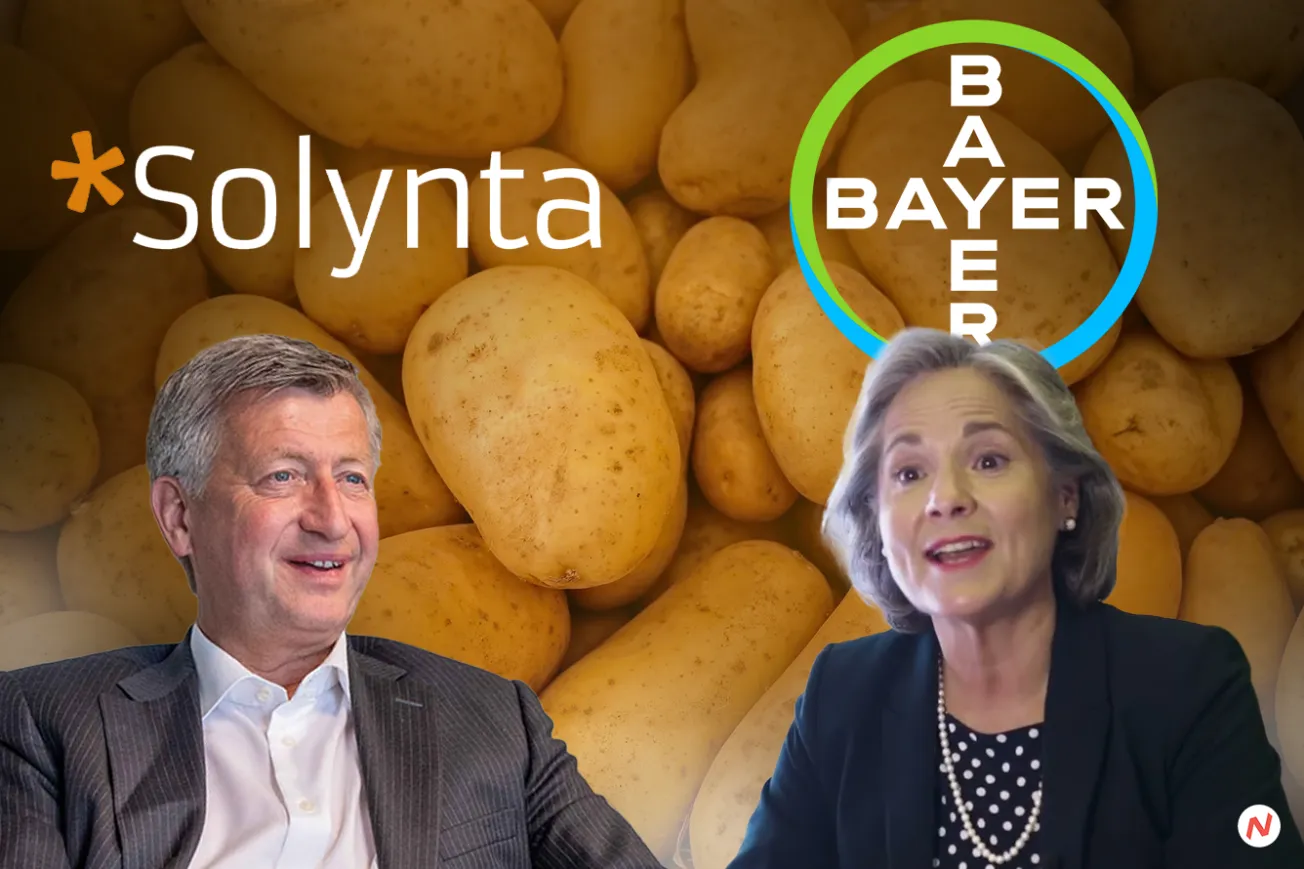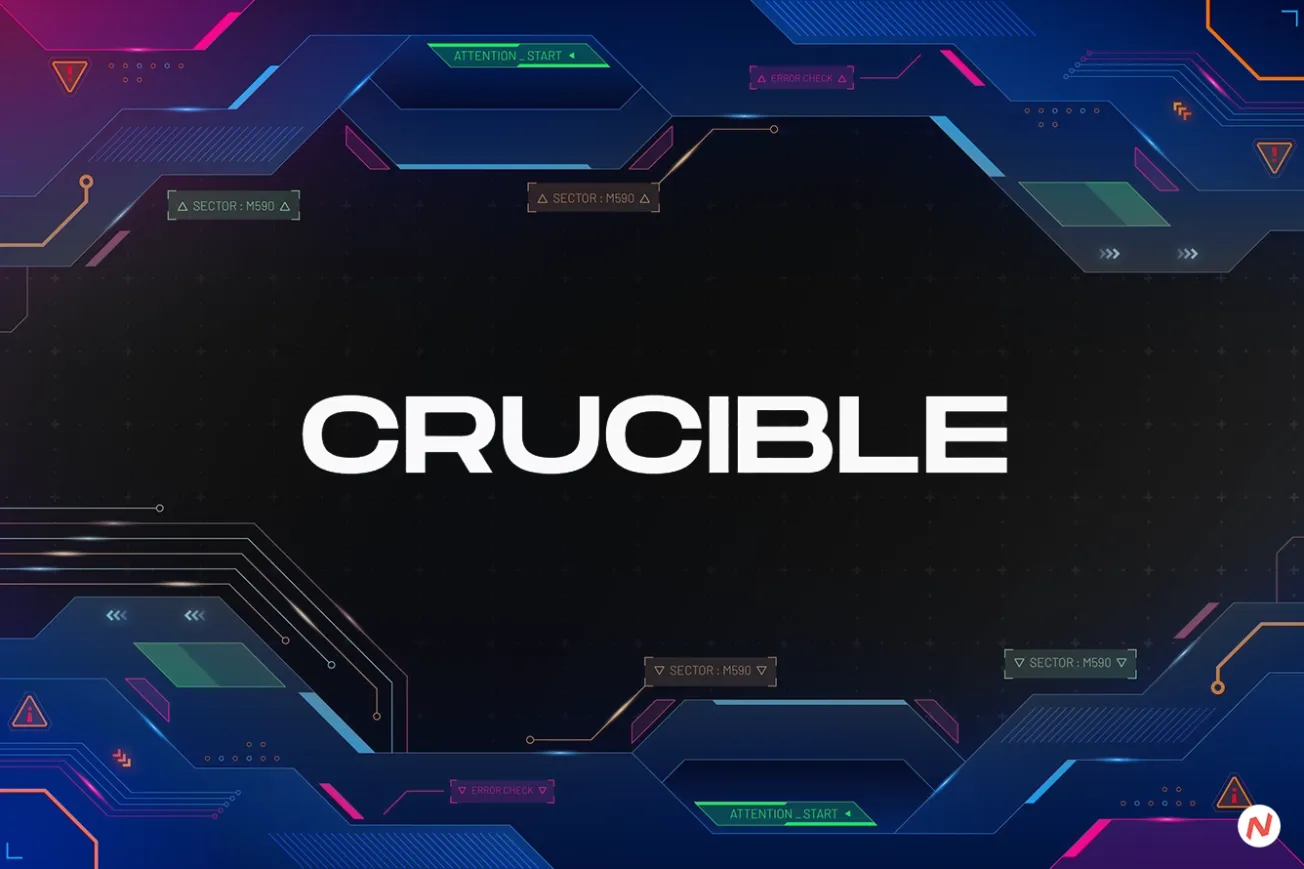- Curvenote is the collaborative space where science becomes interactive, shareable, and enjoyable.
- Curvenote's founders aim to revolutionize scientific publishing, fostering collaboration
- It aims to reshape the landscape of science communication.
Have you ever come across a research paper and thought how on Earth am I going to go through all these pages?! All those big words that you have to open another tab just to search the meanings for. Now think of how it would be for the authors themselves. It seems like such a tough job, drowning in a sea of static documents that feel more like cryptic codes.
Curvenote is a space where collaboration is key, making science not just a solitary endeavor but a team sport. No more monotony of traditional papers for scientists. Say hello to a world where your scientific musings become interactive, shareable, and downright enjoyable.
The origin story:
Science is a collaborative endeavor, and yet, publishing a paper is often a solo and competitive journey. That's the disconnect Curvenote aims to bridge. Founded with a mission to accelerate scientific discovery, Curvenote's founders, Rowan Cockett, and Steve Purves, bring experience from giants like Airbnb and Google, shaping the platform with innovation and ambition.
The “secret” plan:
Curvenote's not-so-secret plan? To liberate science from static documents. How? By creating a common markup language for scientific articles with an open-source community, building an easy-to-use document editor, and partnering with societies and lab groups to fast-track the sharing of community work.
Imagine a world where every scientific report features interactive graphs with live data, making sharing and reproducing work a breeze!
How it works:
Collaboration lies at the heart of Curvenote. Recognizing science as a team sport, the platform fosters a collaborative and open environment. Curvenote introduces a revolutionary approach by using small, meaningful "blocks" of content (e.g., figures, equations, code) that track versioning, licensing, and attribution. These blocks can be composed into traditional documents or rearranged, offering flexibility and collaboration across different computational abilities.
Versatility in publishing:
Curvenote isn't just limited to traditional papers. It allows you to export to any professional PDF or LaTeX template, eliminating the need for reformatting when submitting to different journals. It supports various formats like Microsoft Word, PDF, LaTeX, Markdown, Jupyter, and HTML.
The platform encourages building rich, interactive publications and PDF documents effortlessly, making science more engaging and accessible.
Versioned & Collaborative:
Edit with collaborators in real-time or review all versions later. Curvenote is built on a robust version control system that allows independent versioning of paragraphs, equations, or figures.
The platform fosters instant citations, making it easy to add references, import from DOIs, or bring in references from citation management tools like Zotero and Mendeley.
Looking ahead:
Curvenote envisions a future where every scientific article is reusable, interactive, collaborative, computational, enjoyable, and accessible. The platform encourages the reuse of figures, code blocks, or narrative explanations across projects, making science a continuous learning journey.
Interactive figures, videos, and audio elements aid understanding, while the collaborative nature of the platform ensures continuous feedback.
Curvenote is a platform that is changing the way we communicate and publish science. It is transforming the often rigid and competitive landscape of scientific publishing into a collaborative and enjoyable experience. Let us celebrate this startup as it continues to reshape the future of science communication.
Edited by Shruti Thapa









